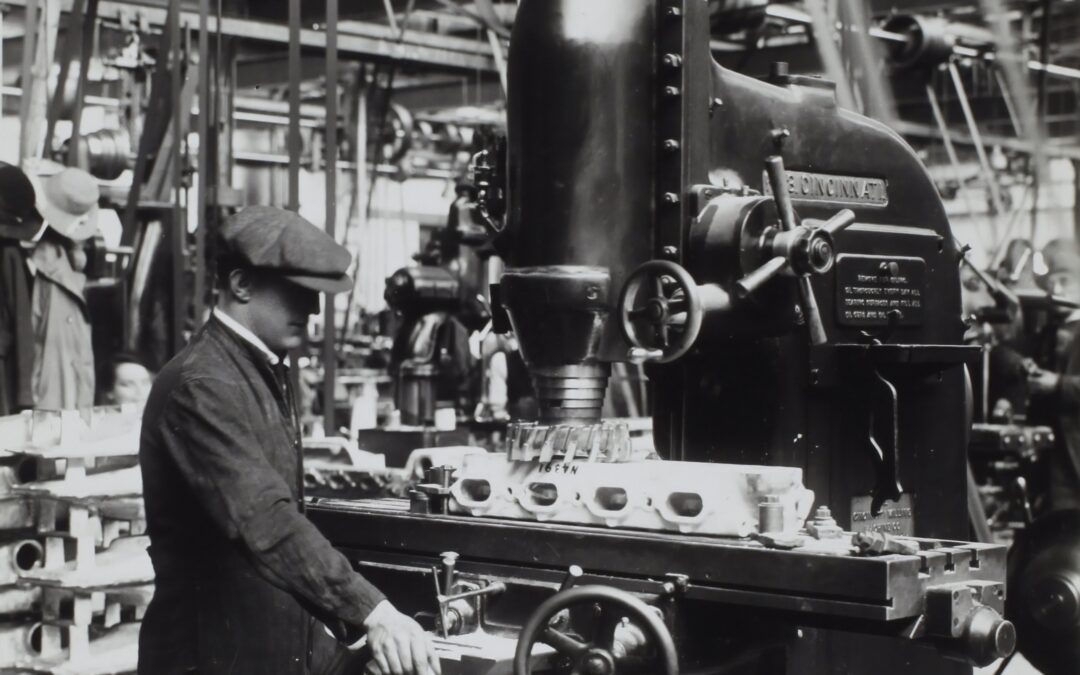2020 was not fun for anyone!
There wasn’t a balance sheet or income statement unaffected. Everyone has scares, and many are still unhealed.
For heavy equipment (not furniture, computers, etc.) there are different ways to get the equipment you need for the coming infrastructure boom. The three basic ones are a purchase with a loan, an operating lease and a capital lease. This post will summarize some of the advantages and disadvantageous.
Leases
You have operating leases and capital leases. You can read about the differences here, in this article which I’ll quote from (in italics):
Capital leases are counted as debt. They depreciate over time and incur interest expense.
To be classified as a capital lease under U.S. GAAP, any one of four conditions must be met:
- A transfer of ownership of the asset at the end of the term
- An option to purchase the asset at a discounted price at the end of the term
- The term of the lease is greater than or equal to 75% of the useful life of the asset
- The present value of the lease payments is greater than or equal to 90% of the asset’s fair market value
Accounting Treatment: Capital Lease vs Operating Lease
Capital and operating leases are subject to different accounting treatment for both the lessee and the lessor. For the purpose of entry-level finance interviews, it is enough to understand the accounting treatment for the lessee only.
Accounting for an operating lease is relatively straightforward. Lease payments are considered operating expenses and are expensed on the income statement. The firm does not own the asset and, therefore, it does not show up on the balance sheet, and the firm does not assess any depreciation for the asset.
In contrast, a capital lease involves the transfer of ownership rights of the asset to the lessee. The lease is considered a loan (debt financing), and interest payments are expensed on the income statement.
The present market value of the asset is included in the balance sheet under the assets side, and depreciation is charged on the income statement. On the other side, the loan amount, which is the net present value of all future payments, is included under liabilities.
In general, capital leases recognize expenses sooner than equivalent operating leases.
So which one depends on a discussion between you and your tax professional/CPA, and less on the equipment. Look deeper. If the company is being run for cash flow, then depreciation (and the difference between the actual productive life and the depreciation) can be very attractive. Again, the equipment is secondary. That’s why we suggest starting this discussion early with the accounting angle.
As you can see in the above article, lease choice will impact your financial ratios. These will be used to price your loan, so it is not an academic question. It is: “Is the company still attractive to a lender after the transaction?”
Purchased via Loan
Clearly, if you purchase the equipment with a loan, you own the equipment outright after you have paid off the loan. Yet, and this is very important, knowing if there is value to the equipment after you paid off the loan is critical. It makes little sense to do a long term loan to purchase computers; the equipment is largely without value after three years. New equipment will be much more productive (and all the new software will run on it fine). Manufacturing has very specific schedules to meet, so continued productivity (defined as the ability to deliver to specifications into the future) makes or breaks the company.
Selling Equipment
Let’s skip past accounting now to real life. There’s what the equipment is carried for on the books, and another if you sold it. Do you know which one is higher? Have you ever sold used heavy equipment? Doing an equipment upgrade while rates are still low, would be smart.
The bottom line is this: what needs to be fixed after 2020? Your balance sheet? Or your income statement? Maybe both? It could be time to take advantage of the used equipment vendors we know to retire old equipment, pay off outstanding loan balances, and get new equipment to become productive again.
We have other methods to raise funds for equipment upgrades. Let’s start with an accounting review together, to help you see your options to get new equipment.

